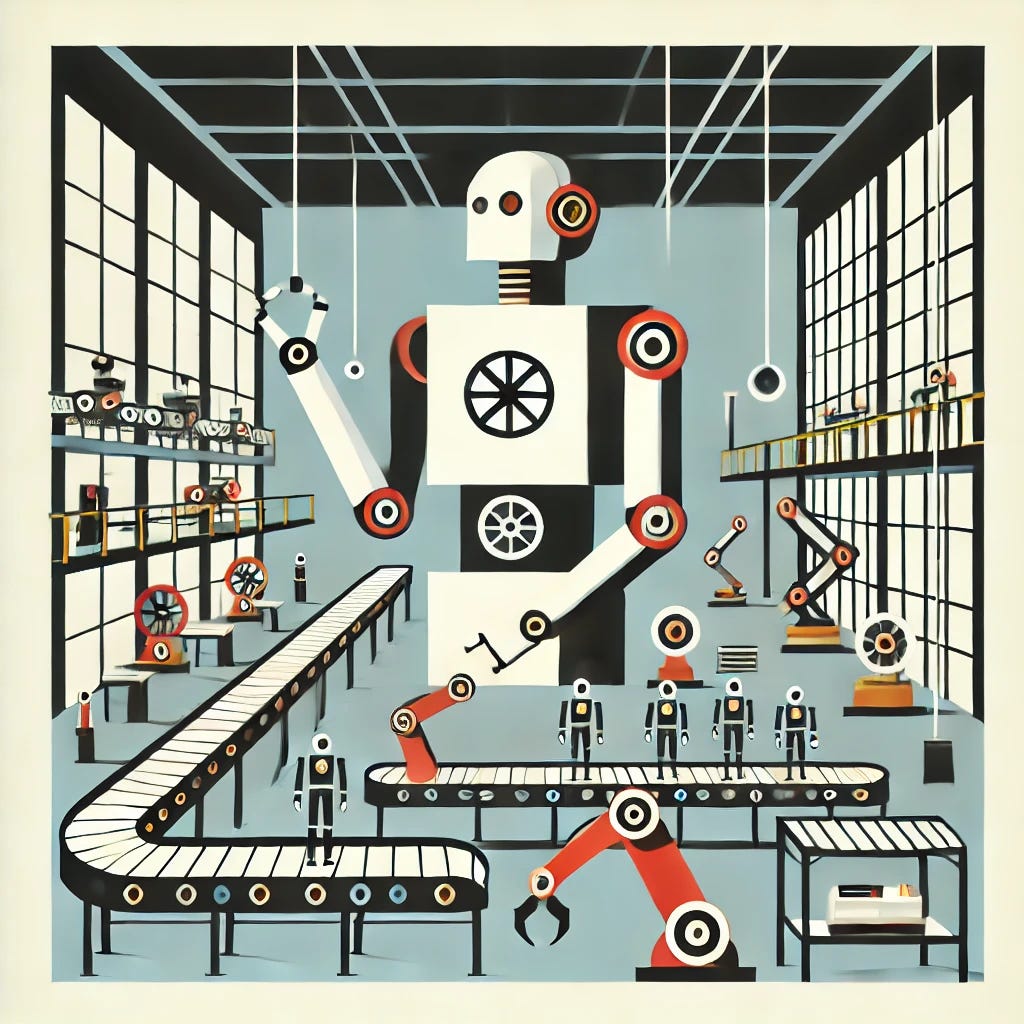Are AI Agentic Workflows the Future of Automation?
How can APIs help AI Agentic Workflows get smarter at making decisions and automate sophisticated tasks?
Most integrations are just glorified if-this-then-that logic! People have been using APIs to automate workflows for years, but let’s be honest: things usually work well until reality kicks in. Unexpected inputs, edge cases, and other random failures are the things that can cause any integration to fail. Can AI agentic workflows learn, adapt, and optimize over time, fixing all the integration problems? Stay with me to learn more.
This article is brought to you with the help of our supporter, n8n.
n8n is the fastest way to plug AI into your own data. Build autonomous, multi-step agents, using any model, including self-hosted. Use over 400 integrations to build powerful AI-native workflows.
I like to think of AI agentic workflows as digital operations teams that never sleep. These workflows don’t just execute tasks. They can also use AI to analyze data, make decisions, and dynamically interact with APIs and external services, all with minimal human intervention. So, unlike traditional workflows that follow procedural rules, agentic workflows can, among other things, make adjustments in real time whenever conditions change, make intelligent decisions based on constantly changing data, orchestrate multiple tools with little or no dependencies, and continuously optimize processes based on feedback loops. In short, agentic workflows behave in a way that's similar to what a human would do. Why do we call them "agentic," then?
The term "agentic" originates from psychology, where it was first introduced by Albert Bandura, a Canadian-American psychologist. Bandura described "agentic" individuals as those who exert control over their own actions, shaping their environment rather than passively reacting to it. In AI, this concept translates into workflows that exhibit autonomy, adaptability, and self-directed problem-solving. Stuart Russel and Peter Norvig, two computer scientists, confirm this by stating that intelligent agents are systems that can perceive their environment and work on their own to maximize their success.
So, it's clear to me that agentic workflows are much more than just automation. Yes, these workflows are able to automate complex tasks. But the big advantage they offer over "traditional" workflows is that they have the ability to adapt to achieve success. Don't get me wrong. Old-school automation is fine if your processes never change. But real-world workflows are messy. However, API failures, shifting priorities, and unexpected variables constantly break rigid automation. On the other hand, agentic workflows are self-repairing and self-improving. When one API call fails, they find an alternative. When data changes, they adjust their strategy. When a new tool becomes available, they integrate it seamlessly.
So, if APIs can sometimes fail during a workflow, how can they also be the key to improving the agentic decision-making ability? To begin with, APIs let agentic workflows tap into live data streams rather than relying on static inputs. This means AI agents can make informed decisions based on what’s happening at the moment instead of reacting to outdated information. Then, APIs are what enable agentic workflows to identify what services they need to connect to. Discovery APIs can inform agentic workflows of available APIs for specific tasks. Finally, individual tasks need APIs to be executed. Altogether, I'd say that without APIs you wouldn't be able to extract value from agentic workflows.
As a side note, and if you're interested, an exception would be a solution similar to the recently announced OpenAI Operator. This new solution relies on something called a Computer-Using Agent to operate a virtual computer. Anthropic, another AI company, has a competing solution called "Computer use." In this case, the tool works not just with a virtual machine but also with a real computer. While these can be interesting solutions in the short term, I believe they don't scale in the same way that using APIs does. And what makes them not as scalable is the UI layer that's always between the agent and the function it wants to execute. There's always a visual element that the agent has to interpret before being able to perform the action it wants to.
Here's an example of what an agentic workflow can look like. Consider the work of an academic researcher and how an agentic workflow could help. Instead of manually sifting through articles, an AI researcher can autonomously search for relevant information using the Google Scholar API—which, by the way, only exists via SerpApi, not officially. Once it gathers a set of sources, it processes and summarizes the findings using GPT models, extracting key insights from each document. These insights are then organized and stored in a structured format using something like the Notion API. Finally, the AI researcher sends a daily digest via Slack API. The whole workflow works autonomously and can switch to other APIs if needed.
So, if you're still using—and maintaining—procedural workflows, then it's time to rethink. I believe AI agentic workflows can dramatically reduce the maintenance cost associated with API integration. On top of that, you don't have to be an expert to use them. Several workflow automation tools support AI agents out of the box.



Interesting article. You point to the ability of AI agents to both discover new APIs, and to optimize workflows through feedback loops. I've been building "AI agent" workflows via n8n (who sponsor the article) for a while, and I've never seen a workflow that it able to do either of these things, although I accept that OpenAI Operator may be much smarter.
So if they don't exist today, are they perhaps visions of the future as opposed to something that is possible today?